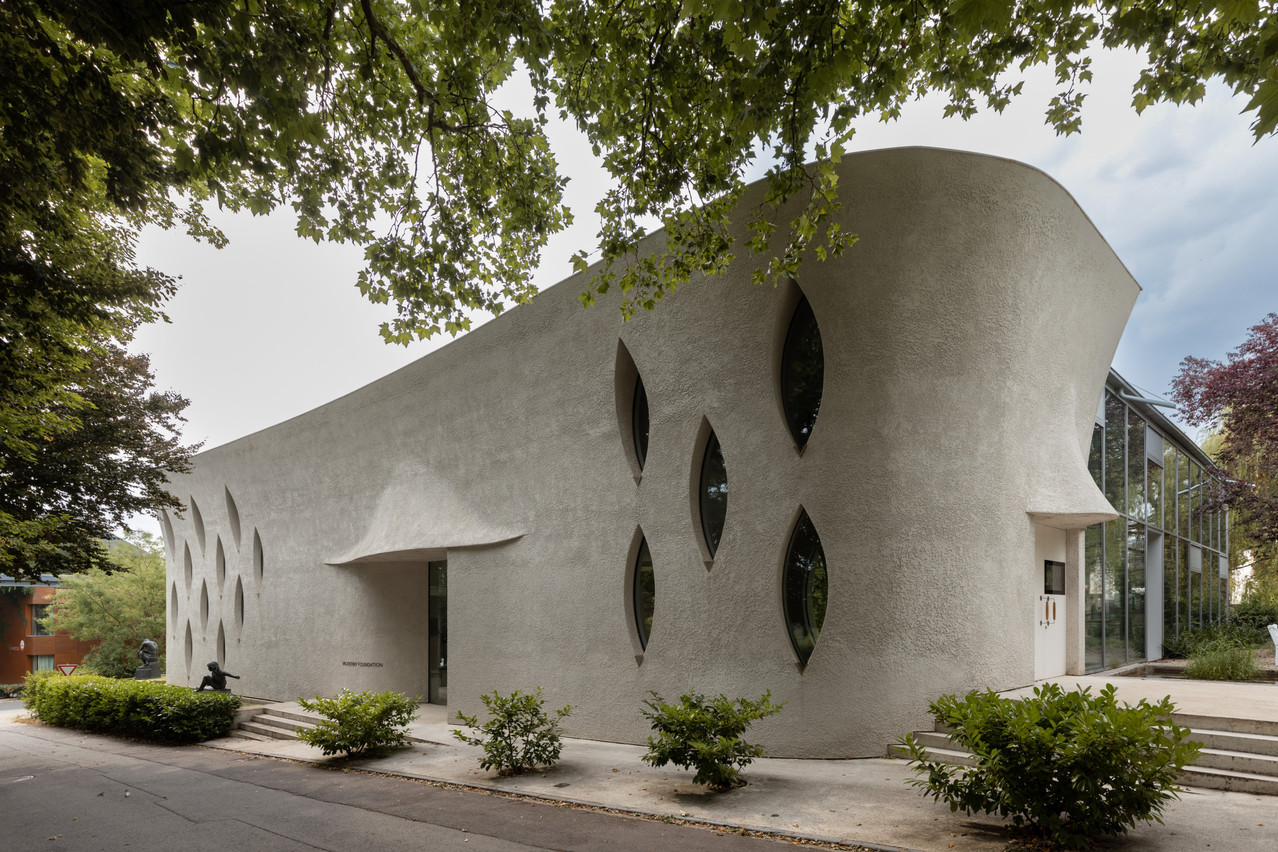Valentiny Foundation
Created in 2014 on the sole will and initiative of the architect and his close circle (members of his family, office partners), has today found its place in the cultural life of the Moselle. The building, designed by François Valentiny on the remains of the village school, houses both a permanent exhibition of graphic and volume works by the architect (models, sculptures) and temporary exhibitions. Guest artists present their recent works, which can also be purchased. Creative markets are also regularly organised. In addition to the exhibitions, the public is regularly invited to participate in concerts or lectures, some of which are about architecture. In addition to these activities, the foundation works to support young people in their education. In particular, a partnership has been concluded with the University of Luxembourg so that students in the master's degree in architecture can take full advantage of this unique place in the Grand Duchy.
Ancien cinéma
In a typical street of the picturesque village of Vianden, Maciej Karczewski and his wife opened in 2008. Originally from Poland, the couple came to Luxembourg and wanted, above all, to create a place in which they felt comfortable. The atmosphere in the room filled with antique furniture is indeed relaxed. You can enjoy a delicious coffee or some home-made dishes. This atypical place is in fact the old village cinema, which has been inactive since the 1970s, but the red velvet armchairs remain. Since then, in addition to being a place of conviviality, cultural life has regained vitality. Cinema activity has resumed, and the hall now regularly hosts screenings, notably as part of the or Caramba's Cineclub programme. The couple also organises concerts - mainly jazz – as well as exhibitions and literary evenings. Polish and Eastern European culture is always welcome, while never excluding the possibility of collaboration with artists from the Grand Duchy or elsewhere.
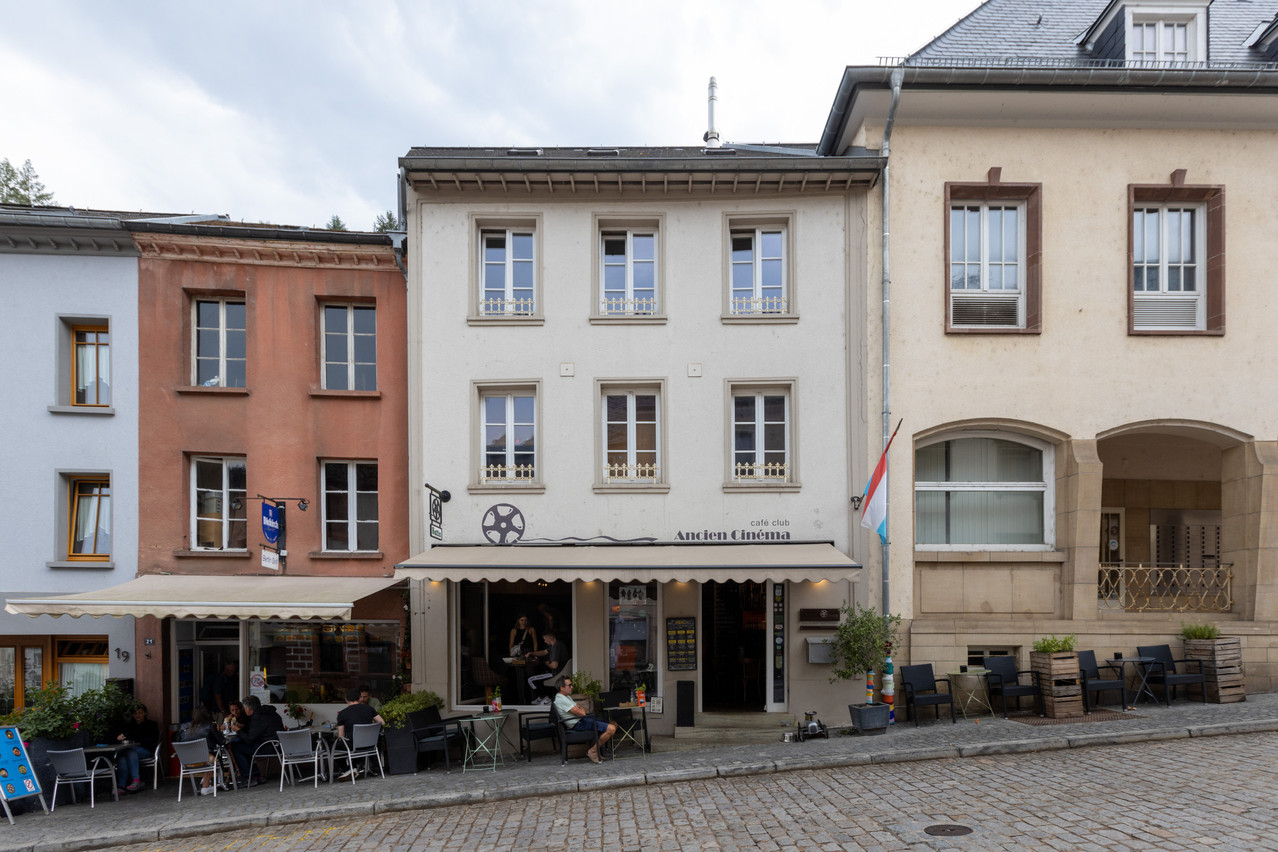
The Ancien Cinéma in Vianden has a relaxed atmosphere. You can enjoy coffee and homemade dishes. (Photo: Romain Gamba/Maison Moderne)
Metzeschmelz
Created to preserve and promote the cultural, industrial and artisanal heritage and know-how surrounding iron and steel, the non-profit association is installed in the central workshop of the former Arbed Esch-Schifflange ironworks, located on the Metzeschmelz. Its activities are currently part of the programme, but are intended to continue in the long term. Long neglected, industrial and working class culture in the south of the country is now receiving new interest. FerroForum brings together those interested in the history of the iron and steel industry, whether they are former steelworkers, blacksmiths, artists, researchers, historians or amateurs. They collect documentation on this subject, organise creative and experimental workshops and meetings, as well as friendly moments around shared meals.
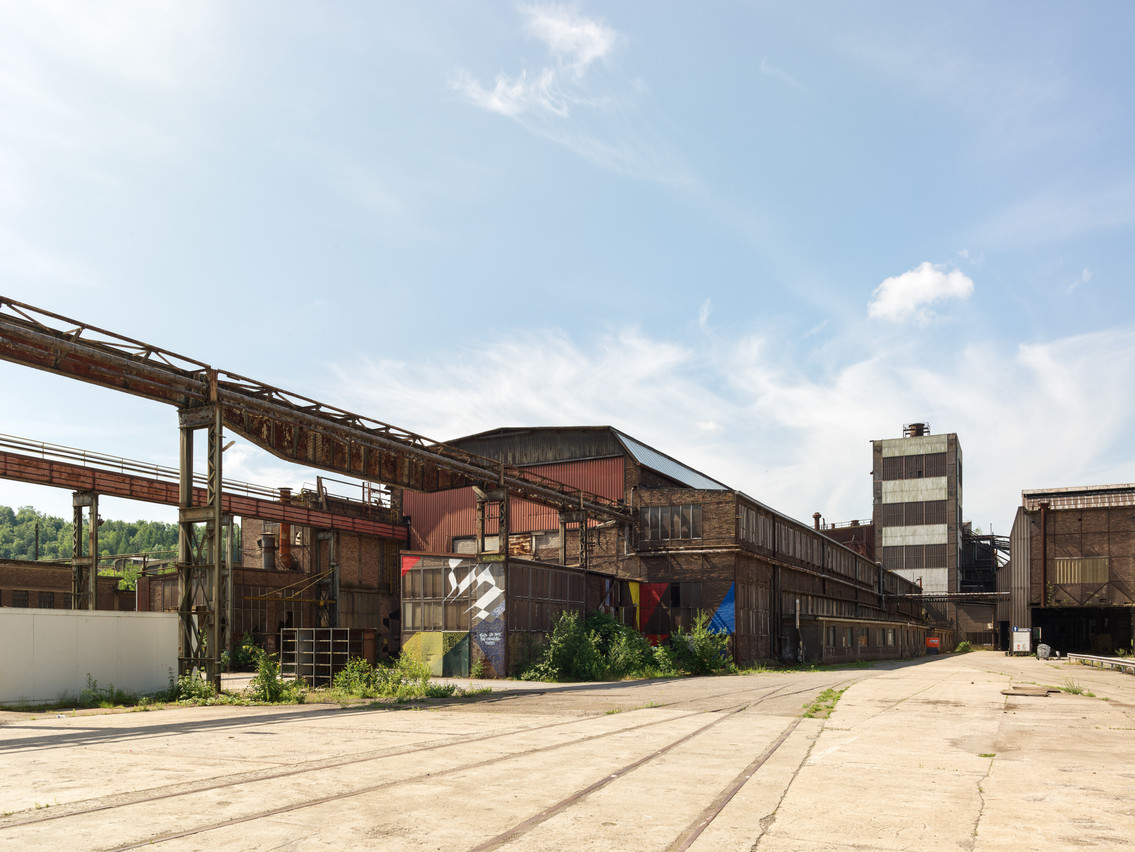
The Metzeschmelz is located on the site of the former Arbed Esch-Schifflange steel factory. (Photo: Romain Girtgen)
Vewa building
Located on the Neischmelz, an industrial wasteland in the process of urban reconversion in Dudelange, (Vewa) building is mainly animated by the . The place is conceived both as a memorial to the industrial culture of the site on which it is located and as a lively place where workshops, meetings and various events take place (participative workshops, plant exchanges, second-hand bicycle markets, silk-screen printing workshops, or photo development, among others). In no way is this a backward-looking approach, but, on the contrary, a lively one based on the idea of sharing and transmission. The initiative also allows the people who frequent this place, which was renovated thanks to the efforts of many volunteers, to reflect on the question of the “urban scar” on the reconversion of the former industrial wasteland into a new neighbourhood. A programme on this theme will be developed by the collective this autumn.
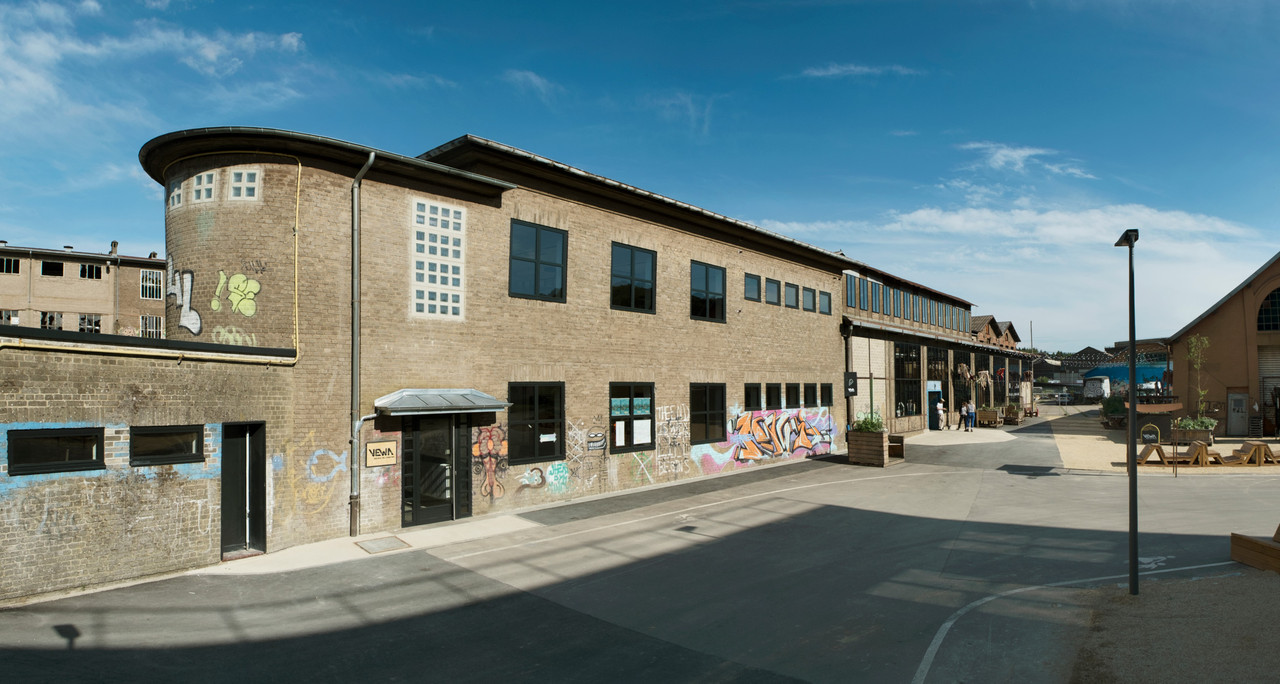
The Vewa Building in Dudelange wants to maintain the memory of the industrial culture of the site. (Photo: Serge Ecker)
Bâtiment IV
Another cultural location, but this time located in Esch-sur-Alzette, is a new socio-cultural facility open to all in the Schlassgoard area. This 3,000m2 space has been made available by ArcelorMittal to the FrEsch association for a period of three years. It is now home to a number of associations that have joined forces to bring this large building and its surroundings to life through cultural creation and social innovation, against the background of the ecological transition. This is where we find the teams of , ILL, Cell and Richtung22, as well as other project leaders who benefit from temporary creative spaces, more or less long term. Professional and amateur artists rub shoulders and take advantage of the premises to work on their new creations on site. The public is invited either to simply discover what is going on within these walls or to take part in one-off or regular activities (such as workshops, discussion groups, or performances).
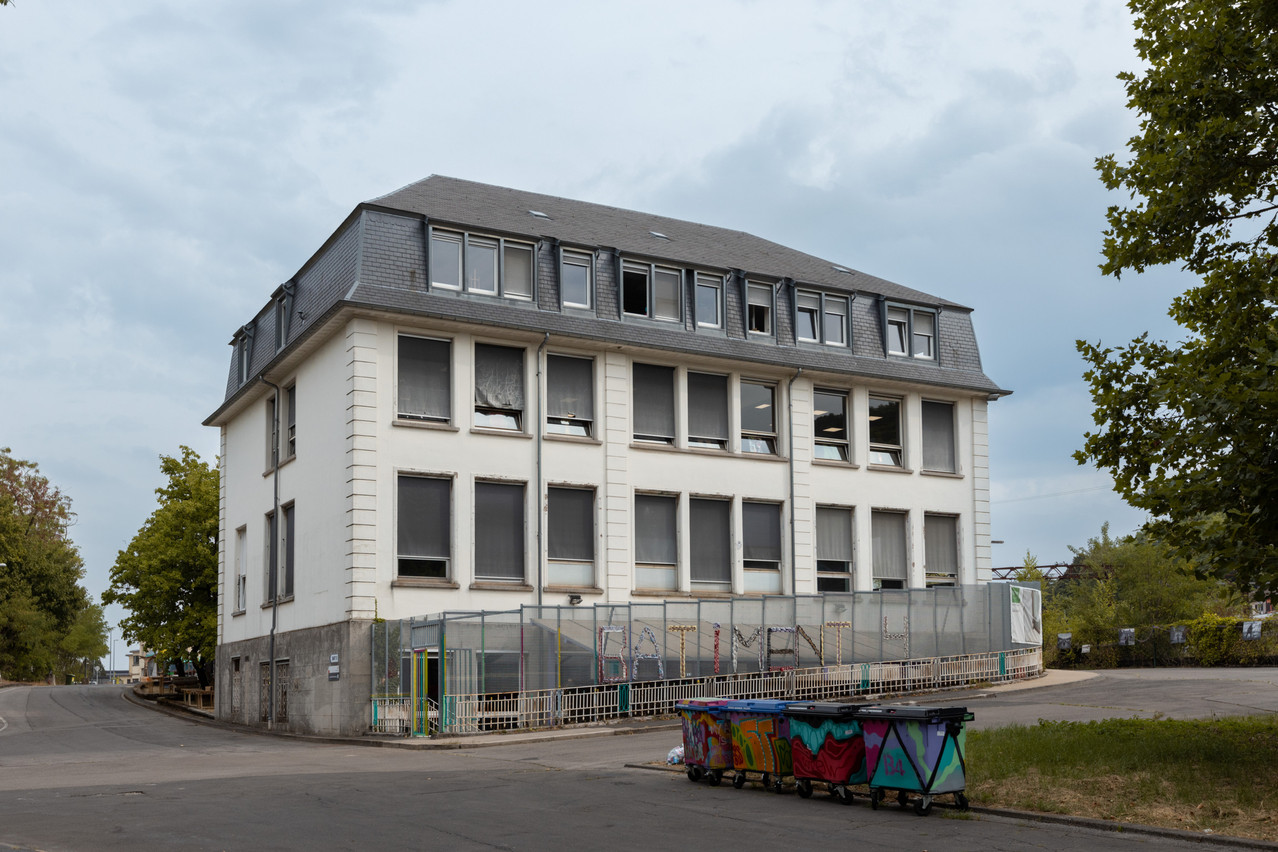
Bâtiment IV is located at 66 rue de Luxembourg in Esch-sur-Alzette. (Photo: Romain Gamba/Maison Moderne)
Sixthfloor
This collective was formed in 2001 by six friends and artists. After 18 months of work, they transformed an old mill in Koerich into . Today, the concept is still alive and well, and Lukas Arons, Nadine Cloos, Tom Flick, Katarzyna Kot-Bach, , Joachim van der Vlugt and Wouter van der Vlugt occupy the studios. They work with stone, wood, clay, oil paint, acrylics, bronze and other materials. Exhibitions by these and other guest artists are held regularly in the space called The Piazza. The collective also offers the public the opportunity to participate in concerts, performances or the Muse Symposium, which takes place every three years and brings together a production of sculptural works for a few days. The collective has also participated in Luxembourg Art Week on several occasions.
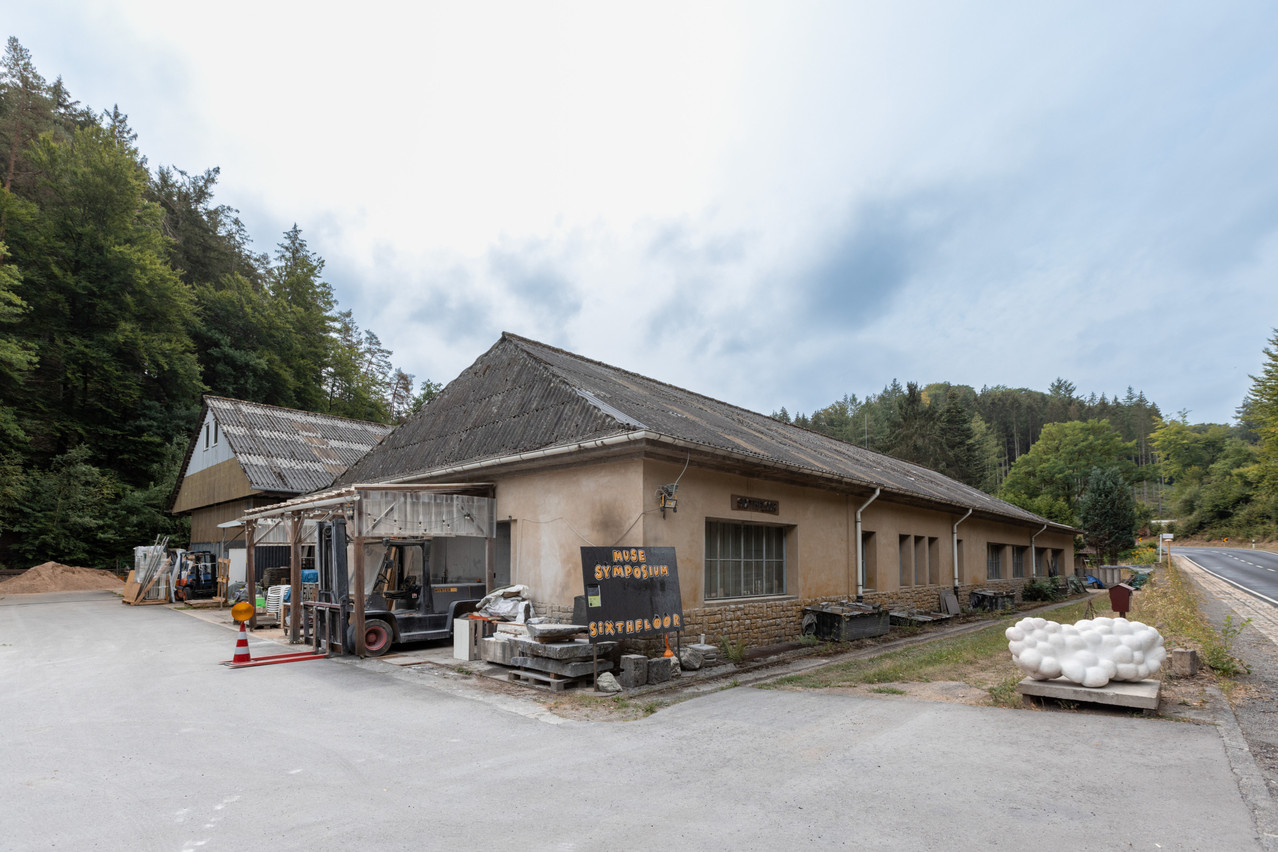
This alternative cultural venue in Koerich was born out of the transformation of an old mill. (Photo:Romain Gamba/Maison Moderne)
This article was written for the , published on 21 September 2022.
This story was first published in French on . It has been translated and edited for Delano.
